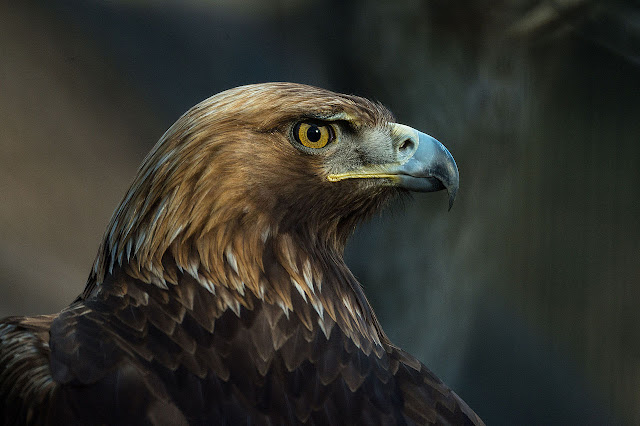A biodiversity hotspot, Albania possesses an exceptionally rich and contrasting biodiversity on account of its geographical location at the centre of the Mediterranean Sea and the great diversity in its climatic, geological and hydrological conditions. Because of remoteness, the mountains and hills of Albania are endowed with forests, trees and grasses that are essential to the lives for a wide variety of animals, among others for two of the most endangered species of the country, the lynx and brown bear, as well as the wildcat, grey wolf, red fox, golden jackal, Egyptian vulture and golden eagle, the latter constituting the national animal of the country.
 |
| The golden eagle is the national symbol and animal of Albania. |
The estuaries, wetlands and lakes are extraordinarily important for the greater flamingo, pygmy cormorant and the extremely rare and perhaps the most iconic bird of the country, the dalmatian pelican. Of particular importance are the Mediterranean monk seal, loggerhead sea turtle and green sea turtle that use to nest on the country's coastal waters and shores.
In terms of phytogeography, Albania is part of the Boreal Kingdom and stretches specifically within the Illyrian province of the Circumboreal and Mediterranean Region. Its territory can be subdivided into four terrestrial ecoregions of the Palearctic realm namely within the Illyrian deciduous forests, Balkan mixed forests, Pindus Mountains mixed forests and Dinaric Mountains mixed forests.
Approximately 3,500 different species of plants can be found in Albania which refers principally to a Mediterranean and Eurasian character. The country maintains a vibrant tradition of herbal and medicinal practices. At the minimum 300 plants growing locally are used in the preparation of herbs and medicines.[158] The trees within the forests are primarily made up of fir, oak, beech and pine.
No comments:
Post a Comment